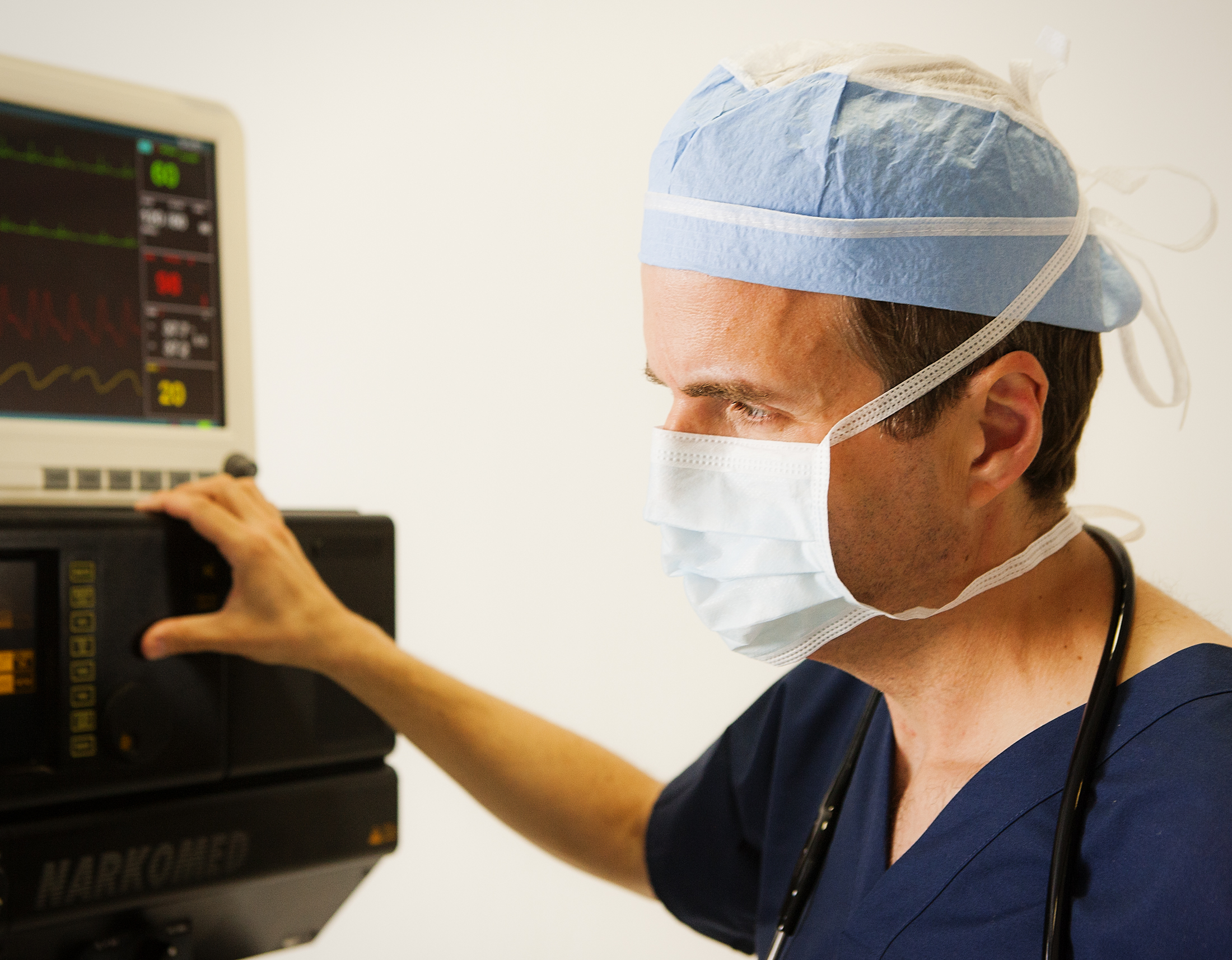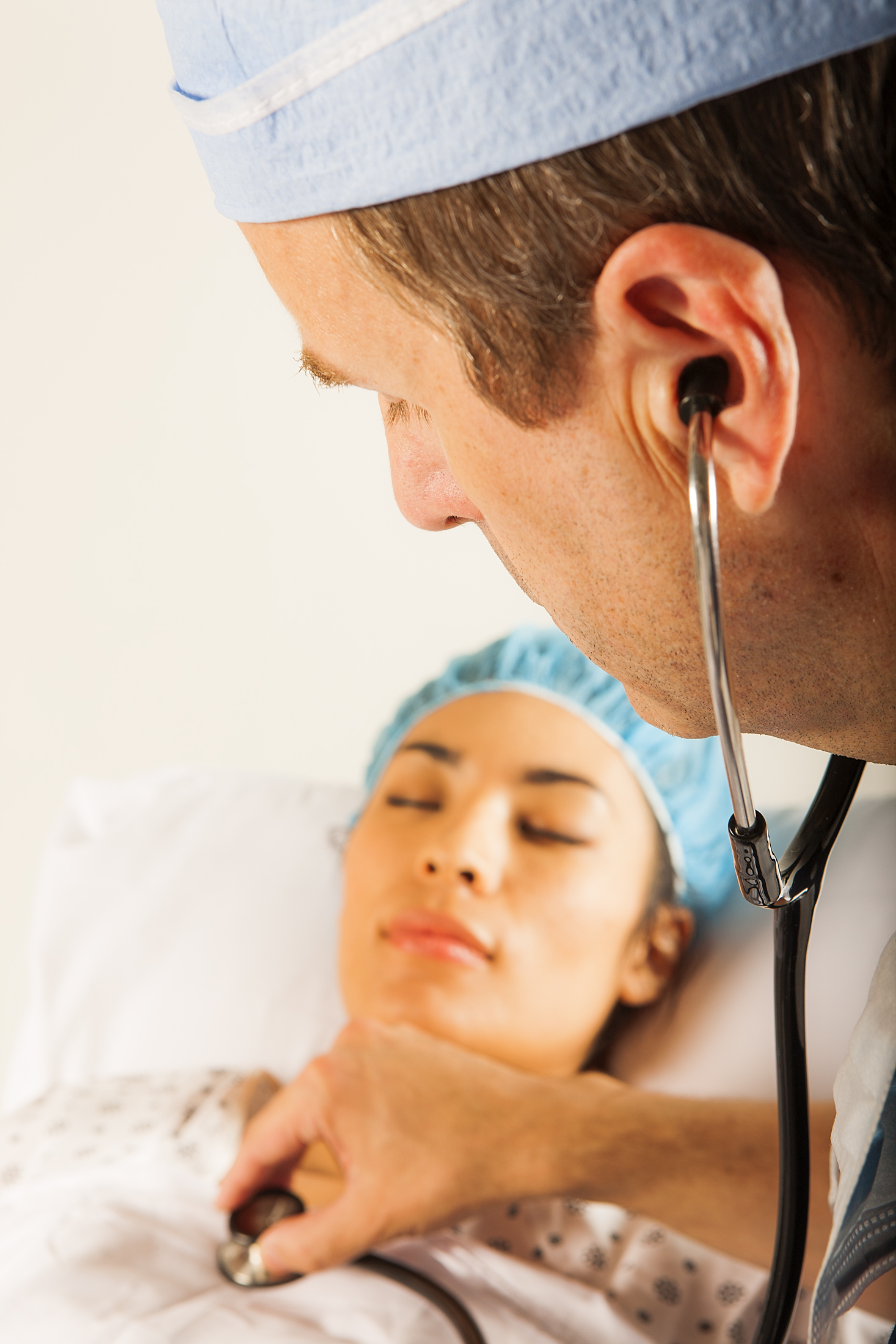
Although Physiological Closed-Loop Controlled (PCLC) Devices have been readily available in parts of Europe for over ten years now, regulatory obstacles imposed by the FDA as well as medical liability concerns have barred this technology from entering North American markets. On October 13 and 14th, the FDA held a public workshop to gain further insight into PCLCs and to discuss the benefits and risks of using the device to address technical and clinical challenges posed to clinicians and anesthesiologists in the US.
PCLC devices are an emerging technology in intensive care and emergency medicine settings that use feedback from physiological sensors (i.e. invasive blood pressure, electroencephalogram, cardiac output, respiratory gases) to autonomously manipulate the rate at which medications or fluids are administered, or of ventilator settings. Advances in the technology have ushered in with them the promise of therapeutic and diagnostic capabilities previously unavailable to medical practitioners. However, the automated nature of the device has also caused many anesthesiologists and manufacturers to approach it with a certain degree of caution and uncertainty, as a significant portion of data interpretation and therapy manipulation is shifted from a human practitioner to a medical technology.
During the FDA workshop, Dr. Robert Loeb, a member and incoming chair of the American Society of Anesthesiologists’ (ASA) Committee on Equipment and Facilities, presented on the potential benefits and challenges associated with Physiological Closed-Loop Controlled Devices. Dr. Loeb emphasized that, contrary to previously conveyed fears, the device is not intended to supplant the physician in patient-care settings, but rather to enhance physician capabilities. By autonomously titrating drugs and providing more uniform control, PCLC devices are expected to both reduce clinician workload and allow for more exact control, ultimately decreasing the rate of over-dose and under-dose events and providing the clinician with more resources to effectively carry out treatment in high workload situations.
Alongside these benefits, Dr. Loeb also outlined potential drawbacks inherent in the use of such devices. For example, physiologic sensors exhibit a high potential for artifact, which could result in inappropriate therapy. Most drawbacks, however, center primarily not on device functionality, but on usability and opportunity for human error; the potential difficulty of set-up, the multitude of parameters that must be entered, and the chance that clinicians remain oblivious to complications during use may lead to critical and potentially life-threatening clinical situations. Although PCLC devices may improve clinician and anesthesiologist performance in high-pressure situations, they may also motivate decreased vigilance and situation awareness in low workload circumstances, allowing for detrimental outcomes. For this reason, it is essential that safety features be incorporated into the device and that special attention be paid to user-interface design.
In a letter released by the ASA prior to the workshop, the organization expressed its endorsement for PCLC devices, but takes care to outline measures they recommend the FDA take in order to ensure maximum safety and efficiency during PCLC device use. They suggest that usability tests be carried out early in the design cycle and in real work settings to test clinicians’ abilities to safely use PCLC devices alongside other clinical devices in demanding clinical environments. They also recommend that the FDA begin by approving only closed loop controllers of inhaled anesthetics that feedback directly on anesthetic agent concentrations, as opposed to controllers that act in response to the more indirect signal of processed EEG. Direct indicators of the controlled process in the physiological closed loop (i.e. arterial pressure, pulse oximeter saturation, muscle response to electrical neuro-stimulation, etc.) generate much more dependable feedback loops than signals that are indirect to the controlled process (i.e. processed EEG to estimate level of hypnosis).
Adapting PCLC devices in the American market, operating rooms, and intensive care units would undoubtedly empower the anesthesiologist by bringing a new level of precision and control to the field of patient care. However, the FDA must first ensure that appropriate design strategies, pre-clinical testing, and clinical evaluations be considered to ensure maximum safety precautions be taken before the implementation of PCLC device takes off. Afterwards, as with all automated devices, anesthesiologists and clinicians must take care to maintain utmost awareness and caution when using the technology in order to fully take advantage of the technology’s promise

